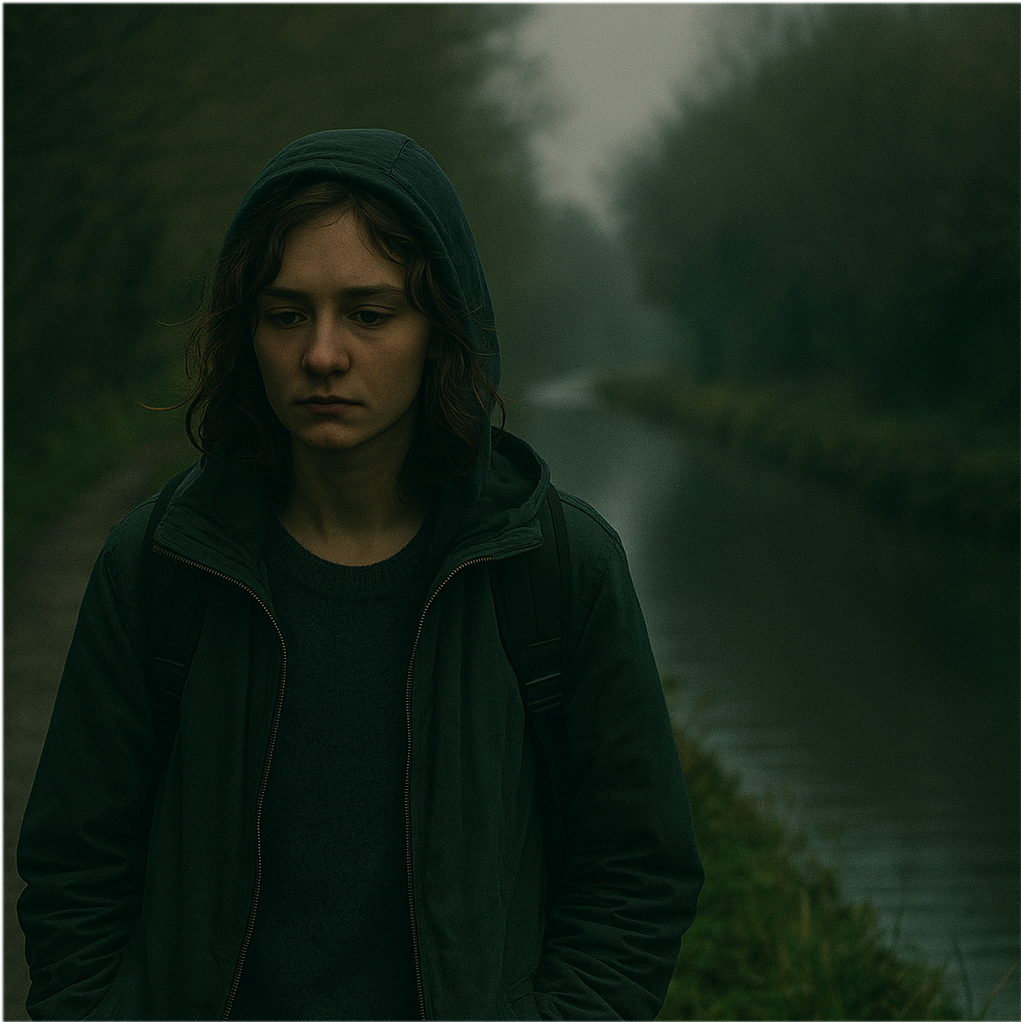🎬 Backstory:
Rooted in the grey skies and urban backstreets of the UK, this independent filmmaker discovered a love for storytelling not through formal training, but through curiosity and a secondhand camera. Early projects were pieced together in bedrooms and back gardens, using whatever light and sound the surroundings could offer. Over time, these lo-fi experiments grew into emotionally charged short films that quietly resonated with local audiences.
Favouring atmosphere over spectacle and authenticity over polish, the filmmaker’s work captures fragments of everyday life — working-class realities, overlooked places, and the tension between tradition and change. Each project is a personal exploration of human connection, framed through a lens that values mood, silence, and visual poetry. With screenings at small festivals and community spaces across the UK, the films have earned a reputation for being unfiltered, honest, and deeply human.
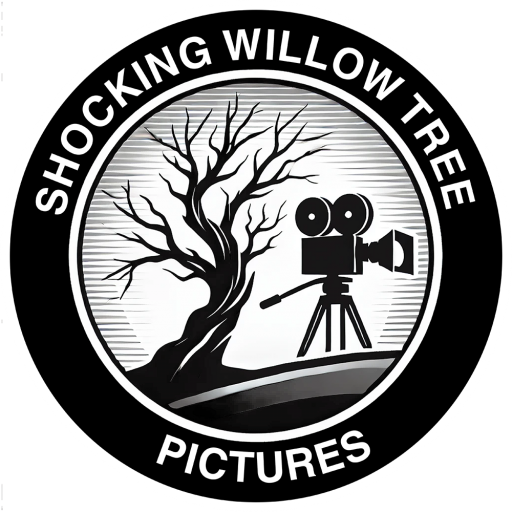
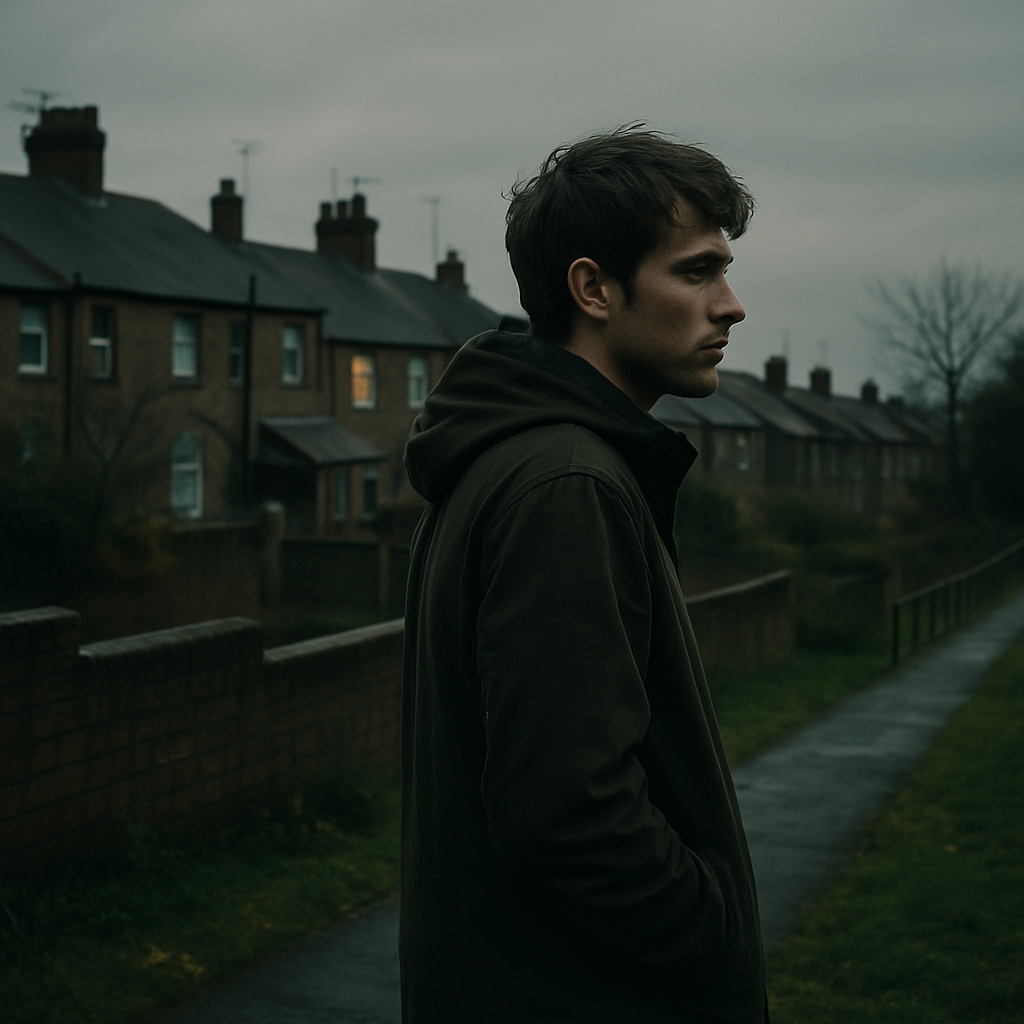
🎥 Our Films
Every film begins with a moment — a glance, a silence, a space left behind. Our work focuses on the raw textures of everyday life, drawing inspiration from real communities, lived experiences, and the quiet drama that unfolds in familiar places. We favour a restrained visual style: natural lighting, intimate framing, and sound design that lets atmosphere lead the story.
Whether exploring youth disconnection in post-industrial towns or the fading rituals of working-class life, our films aim to provoke reflection without spectacle. Dialogue is used sparingly, letting gestures, pacing, and visuals carry emotional weight. Each project is approached with intention — from concept to final frame — with a deep respect for the people, places, and stories involved.
🎯 Mission Statement
To craft visually-driven, emotionally resonant films that spotlight untold stories, overlooked places, and authentic human experiences — all through a distinctly independent, UK-rooted lens.
🎞️ The Last House on Merton Lane
At the edge of a fading suburb stands an unremarkable red-brick house — boarded up, forgotten, and avoided by the neighbours. But behind its windows lies the tangled legacy of a family fractured by silence. When a distant relative returns to handle the estate, the house begins to reveal its history through decaying letters, found footage, and half-heard voices in the night.
As the new occupant slowly unpacks both the home and its secrets, we glimpse the layered grief of lives once lived behind closed curtains. Told through minimal dialogue and rich, textured visuals, The Last House on Merton Lane is a meditative drama about memory, abandonment, and the quiet weight of things left unsaid — leading to a farewell that no one was prepared to witness.
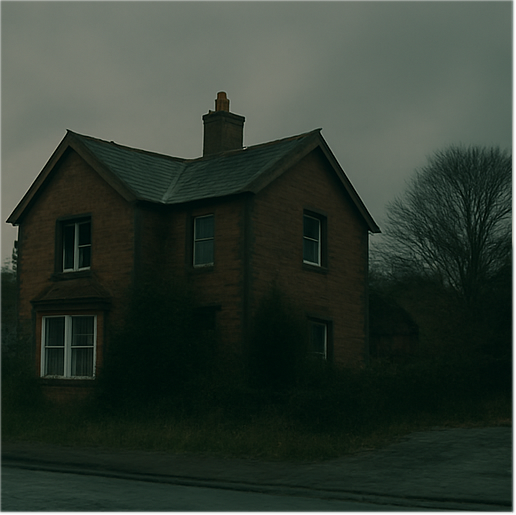
🎞️ Ashes & Iron
In a once-thriving northern steel town now hollowed by decades of decline, two teenage brothers find themselves standing on opposite sides of a crumbling future. With the local plant facing permanent closure and their father long gone, one dreams of leaving — of escape, of cities with possibilities. The other clings to what’s left: his friends, his roots, and the belief that there’s still something worth salvaging.
As protests rise, chimneys fall silent, and old loyalties are tested, the brothers navigate a town where everyone knows your name but not your dreams. Their bond is strained by unspoken grief and conflicting visions of manhood, survival, and responsibility. Set against cold skies and rusted railings, Ashes & Iron is a stark, intimate portrait of youth caught in the slow collapse of industry — and the fight to define who you are when the world you know is disappearing.
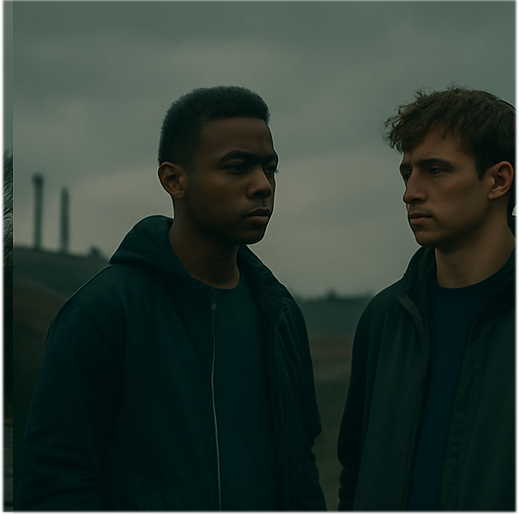
🎞️ Rainlight
On a remote stretch of windswept coastline, a quiet caretaker tends to a long-abandoned chapel slated for demolition. With peeling paint, salt-rusted hinges, and sea mist forever creeping through its cracks, the building feels like it’s holding its breath. When a hidden compartment beneath the floorboards reveals a weathered diary — its ink faded but voice hauntingly clear — the caretaker becomes drawn into a past that refuses to stay buried.
As the pages unfold, recounting a forbidden love and a vanished child, strange coincidences begin to echo in the present. Footsteps in empty hallways. A name whispered on the breeze. Shadows that don’t belong. Alone but not untouched, the caretaker begins to question their own grasp of reality.
Rainlight is a slow-burning psychological drama laced with quiet dread — a film about isolation, memory, and the pull of unresolved stories. Told through muted colour palettes, poetic framing, and the ever-present rhythm of the sea, it explores how grief can linger like fog, and how some places remember more than we do.
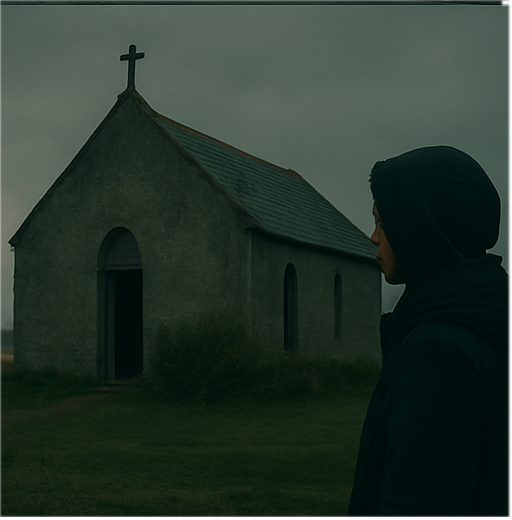
🎞️ The Still Hours
In the heart of a changing neighbourhood, one last pint is poured and the lights go dim. A once-bustling local pub, now silent and boarded for good, becomes the setting for one man’s final reckoning with time. As the sun sets outside, an elderly man — the pub’s longtime regular and former cellarman — unlocks the back door and steps into the stillness for one last walk-through.
Dust hangs in the air like memory. Barstools rest at strange angles. Glasses catch the fading light. With no dialogue, only the sound of creaking floorboards and distant traffic, he revisits the space like a museum of the everyday — a living scrapbook of laughter, love, arguments, and loss. Each room stirs a moment from the past: a wedding toast, a fistfight, a song sung too late at night.
The Still Hours is a meditative, dialogue-free film told in long takes and quiet reveals. It reflects on community, ageing, and what gets left behind when familiar places vanish. Through its silence, it speaks to the universal ache of time passing — and the stillness that follows the last goodbye.
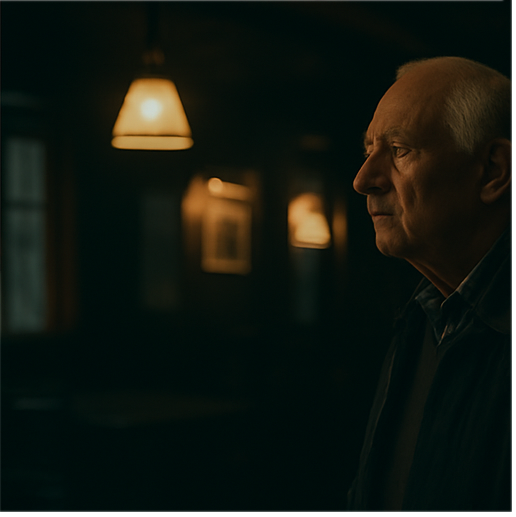
🎞️ To Walk the Cut
Winding through the forgotten edges of the Midlands, an overgrown canal towpath becomes both passage and purgatory for a young woman with no fixed destination. Wearing a tattered jacket and carrying little more than a small rucksack, she walks alone, tracing a route once used by coal barges and factory workers, now claimed by weeds, rust, and silence.
Along the way, she crosses paths with a cast of quiet strangers: a widower tending a broken lock gate, a teenage runaway sketching in the mud, a woman in her sixties who speaks of the canal as if it were alive. Each encounter, brief and seemingly inconsequential, unsettles something in her, challenging her story, her solitude, and the reasons she keeps walking.
To Walk the Cut is a lyrical, minimalist film told through natural light, slow tracking shots, and the unspoken dialogue between people and place. It explores the fluid idea of “home” — not as a destination, but as a feeling carried, questioned, and sometimes found in the unlikeliest of places.
